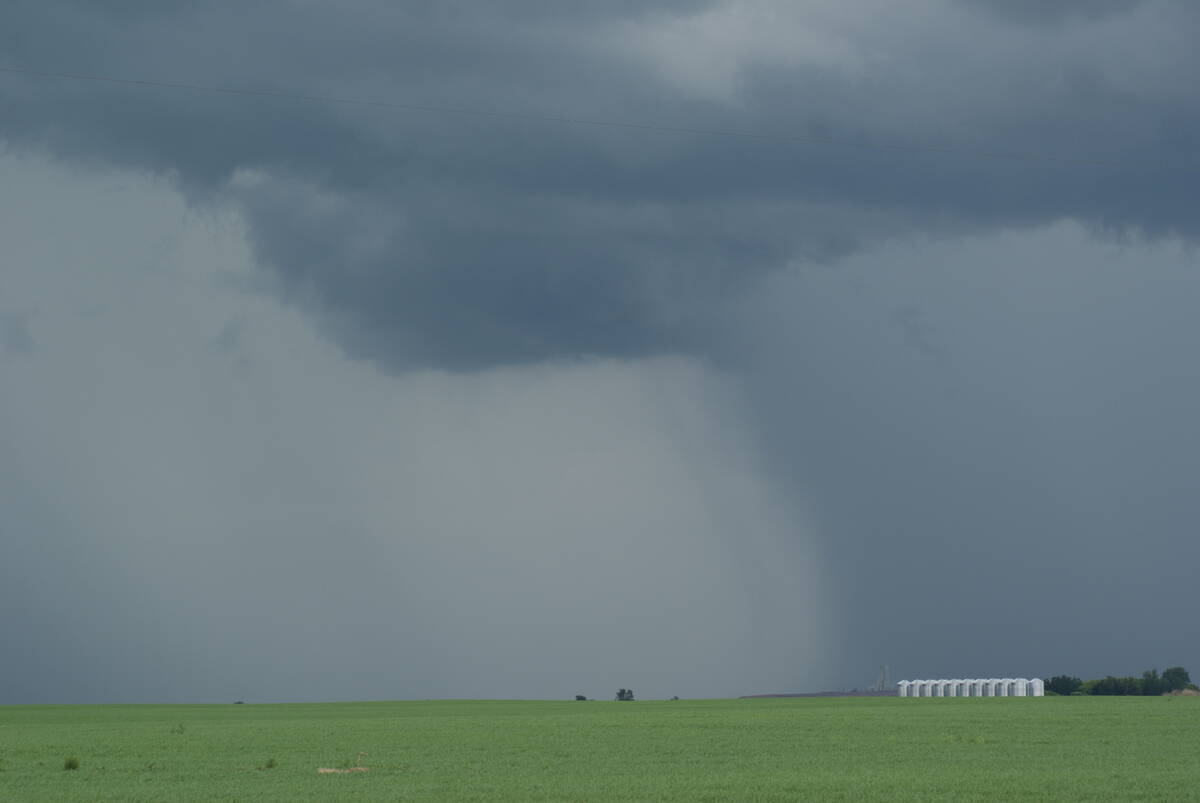De Pape is an owner of Integrated Malt Barley Management Ltd. based in Winnipeg.
Rod Flaman needs a lesson in the malt industry, or so it seems after reading his letter (Open Forum, March 13) in response to a piece written by Paul Orsak (Opinion, Feb. 28.)
I have no doubt that Mr. Flaman has read Canadian Wheat Board speaking notes on this topic but he’s got some things a bit twisted or just plain wrong.
About malt plant investments, Flaman writes, “Investors making these decisions have shown a tendency to locate close to their markets….” He adds, “It is cheaper to transport raw grain than it is to transport finished product and locating close to the market allows the business to be more responsive to its customers.”
Read Also

Canadian farmers need new tools to support on-farm innovation
Farmers need a risk management buffer that actually works and investment that drives advancements forward if Canada is to build resilience.
In a study I did in 2004 on the barley industry, I reported that I was aware of three malt companies that considered Western Canada as a potential location for expansion. However, all three eventually built in the United States, rejecting the idea of being forced to work within the CWB (single desk) system.
The CWB complained to my employer at the time that this wasn’t the case at all.
In fact, the CWB argued, these companies built in the U.S. to be closer to their customers in the southern states and Mexico. The CWB argued at the time that if these companies were building plants to serve offshore markets, then Western Canada would have been a better location.
One of the companies, International Malting Co. (IMC), built in Great Falls, Montana. On Sept. 17, 2004, the Great Falls Tribune reported the following:
“Finding success in the export market will be a key to expansion of the International Malting Co. plant, a top official of the Milwaukee-based company said Thursday.
“While the beer market in the U.S. and Canada is growing slowly, markets in Russia, China, Mexico and Japan are expanding five to 10 percent annually.
” ‘IMC’s Great Falls plant, now under construction north of town, will play a big role in serving those markets,’ said Dale West, chief operating officer for IMC’s North American operations.”
IMC built this plant to serve offshore markets, even though – as the CWB has argued – Western Canada would have been a better choice.
In addition, most of China’s malt capacity expansion is strategically happening at or near port positions, closer to the imported barley supply and not so close to the breweries located inland.
Now about transportation costs. To make 75,000 tonnes of malt you need about 100,000 tonnes of barley. Which would be more expensive to ship, 1,000 cars of malt or 1,333 cars of barley? I’ll let you do the math.
Mr. Flaman also said: “Malt plants that do choose to locate in Canada have the best of both worlds. They can purchase from the CWB or, if they think that we are asking too much for the barley, they can import from anywhere in the world.”
Remember, Canada is an exporter of malt barley. Being a CWB director, (Flaman) should know that importing and exporting at the same time usually doesn’t work. It’s like sucking and blowing at the same time.
Western Canadian plants have to buy from Western Canada. It’s a price thing. And yet they can export malt to the world. Suggesting that maltsters could use imported barley, taking away Canada’s competitive advantage in the global barley market, is stupid.
If you can’t see that having a robust malting industry in Canada using Canadian barley is “the best of both worlds” for a western Canadian farmer, then shame on you.
The only time Canada ever imported offshore malt barley was in 2002-03, when the CWB system failed and maltsters were forced to pay huge prices to import barley, even though high quality local barley was right there in the shadow of the plants.
Unfortunately, that local barley was getting fed. Just ask the maltsters. Isn’t it a shame that those huge prices had to be paid to farmers in Denmark instead of farmers in Western Canada?
Maltsters are building “ABC” plants (Anywhere But Canada) because they see things a bit differently than Mr. Flaman.
By locating in the U.S., for example, they can buy locally grown barley under contract directly from farmers. They can also buy from the CWB if they need to.
The new Chinese plants are being located at port so they can accept barley from numerous exporting countries. In addition, they’ll be able to export excess malt if the opportunity arises.
Now there’s a concept – China using Canadian barley to compete in the export market with the Canadian malting industry.
How can you argue that maltsters that are building “ABC” prefer to be closer to their customers and then turn around and say that the Canadian malt industry will “do just fine”?
Did you know that the Malting Industry Association of Canada recently reported that it exports about $200 million in malt annually? I guess you think we should just sit back and watch the rest of the world build a dynamic and robust malting industry, and be content with our static, status quo industry. After all, they’ll “do just fine.”
There’s only one thing in Flaman’s letter that I agree with. Canada is indeed “one of a few countries in the world that can actually respond to increased malt barley demand.”
What we clearly don’t agree on is how Canada should exploit this position and create the greatest wealth for rural communities.
Doing “just fine” is not an option.














